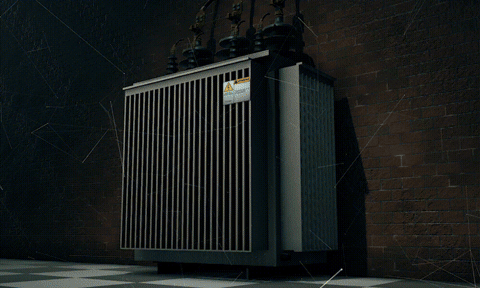In the world of big businesses, innovation often takes a backseat. Large corporations, with their rigid hierarchies and deeply ingrained processes, tend to struggle with the agility and fresh thinking that drive meaningful change.
When a power utility like K-Electric (KE)—a dominant player in Pakistan’s biggest city, Karachi—launches an initiative like the Energy Progress & Innovation Challenge (EPIC 2025), it raises an important question: will these startups succeed where others have failed?
Launched in March this year, KE’s EPIC 2025 aims to bring in fresh perspectives to help solve Pakistan’s deeply rooted energy sector challenges.
Even if startups present groundbreaking solutions, KE will still need support to integrate them into its operational framework.
The programme invites entrepreneurs, startups, researchers, and academia to develop practical and scalable solutions for issues ranging from grid stability and energy theft to demand forecasting and infrastructure reliability.
“The initiative harnesses Pakistan’s exceptional talent, ingenuity, and creativity to develop innovative, locally-relevant solutions for the country’s unique energy challenges,” said Imran Rana, Head of Communications, Innovation & Insights at K-Electric.
It builds upon KE’s earlier 7/11+ Innovation Challenge that was launched in March 2022, broadening its scope and integrating it further into the company’s strategic priorities.
On paper, the initiative makes sense. Startups are known for their ability to disrupt industries, finding new ways to approach long-standing problems. With the Pakistani startup ecosystem growing and bringing innovation to sectors like mobility, fintech, and e-commerce, it seems logical for KE to tap into this momentum. By outsourcing some of the innovation, KE can present itself as a forward-thinking company seeking external expertise to modernise its operations.
However, there is a paradox in KE’s approach. While it encourages external innovators to rethink energy sector challenges, is the company fostering a culture of innovation within its own ranks?
In large organisations, employees often work under bureaucratic constraints that discourage risk-taking and out-of-the-box thinking. A recent report in The Guardian - where KE’s Roshni Baji programme was highlighted - suggests the utility is making efforts, even if the change is only one step at a time.
Meanwhile, EPIC 2025 focuses on critical energy challenges such as tamper-proof load-shedding mechanisms, real-time fleet tracking, automated demand forecasting, and energy theft detection using artificial intelligence.
Additionally, it seeks solutions for predictive maintenance of transformers, optimising solar energy integration, and developing battery energy storage systems.
The goal is to make electricity distribution more efficient, reliable, and future-proof.
A key component of the initiative is KE’s “30 by 30 vision,” which aims to increase the company’s share of renewable energy to 30% by 2030.
Will KE be able to provide an ecosystem where these startups can implement their solutions effectively, or will their ideas get lost in the tangled web that is Pakistan’s power sector?
While this is an laudable target, it remains unclear whether the power sector has the structural flexibility to implement the breakthrough ideas that EPIC 2025 might generate.
Pakistan’s energy sector is not just about technological gaps; it suffers from regulatory hurdles, financial instability, and deeply entrenched inefficiencies.
Even if startups present groundbreaking solutions, KE will still need support to integrate them into its operational framework.
Moreover, startups thrive on speed and execution. Corporate partnerships, on the other hand, can bog them down with lengthy approval processes and risk-averse decision-making. Will KE be able to provide an ecosystem where these startups can implement their solutions effectively, or will their ideas get lost in the tangled web that is Pakistan’s power sector?
KE’s EPIC 2025 has potential to foster a culture of collaboration between startups, academia, and industry experts. It presents an opportunity for Pakistani entrepreneurs to address real-world problems and scale their innovations.
However, KE must ensure that this initiative is not merely an exercise in futility but a genuine commitment to integrating external innovation into its core business.
The deadline for submissions is April 11, 2025, and the response to EPIC 2025 will be a test of how willing KE is to embrace change. Will KE’s reliance on startups bring the energy revolution Pakistan desperately needs, or will it be yet another well-intended initiative that fails to deliver real impact? Time will tell, but if executed properly, EPIC 2025 could be the spark that could ignite some meaningful transformations in the country’s struggling power sector.























Comments